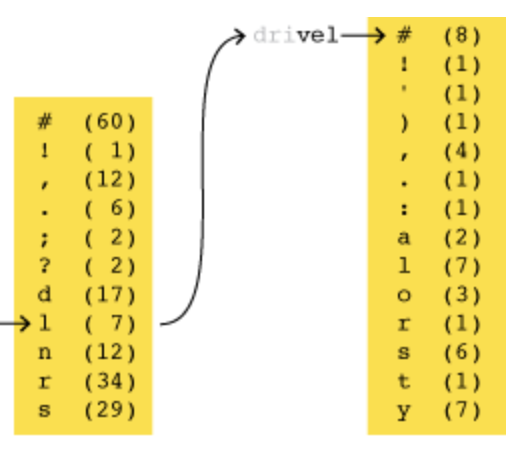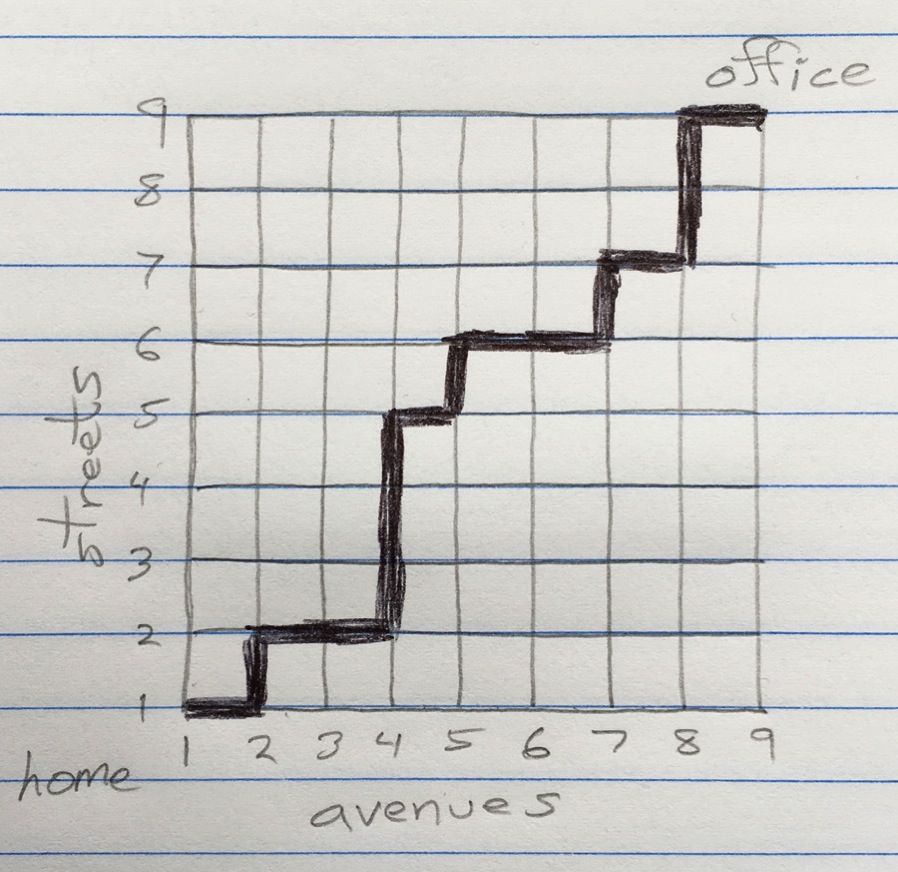Argiope aurantia
by Brian Hayes
Published 7 October 2009

It’s orb-weaving season in my part of the world. Out in the ivy, I have four webs of the golden orb weaver, Argiope aurantia, all within one square meter.
The engineering talents of all the orb weavers are impressive, but what attracts the eye to these particular webs is that bizarre zig-zag decoration, known as a stabilimentum. What’s it for? Does it attract prey? Or mates? Does it camouflage the spider? Does it make the spider look larger than it is, to discourage predators? Does it make the web more conspicuous, to ward off inadvertent damage from passing birds or mammals? Maybe it’s just a skein of spare silk? Or a sunscreen.
Someday we may know the answer, but the spider never will.
Publication history
First publication: 7 October 2009
Converted to Eleventy framework: 22 April 2025



